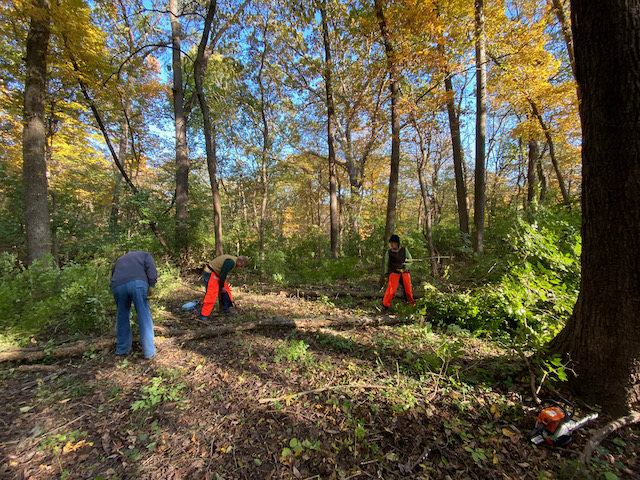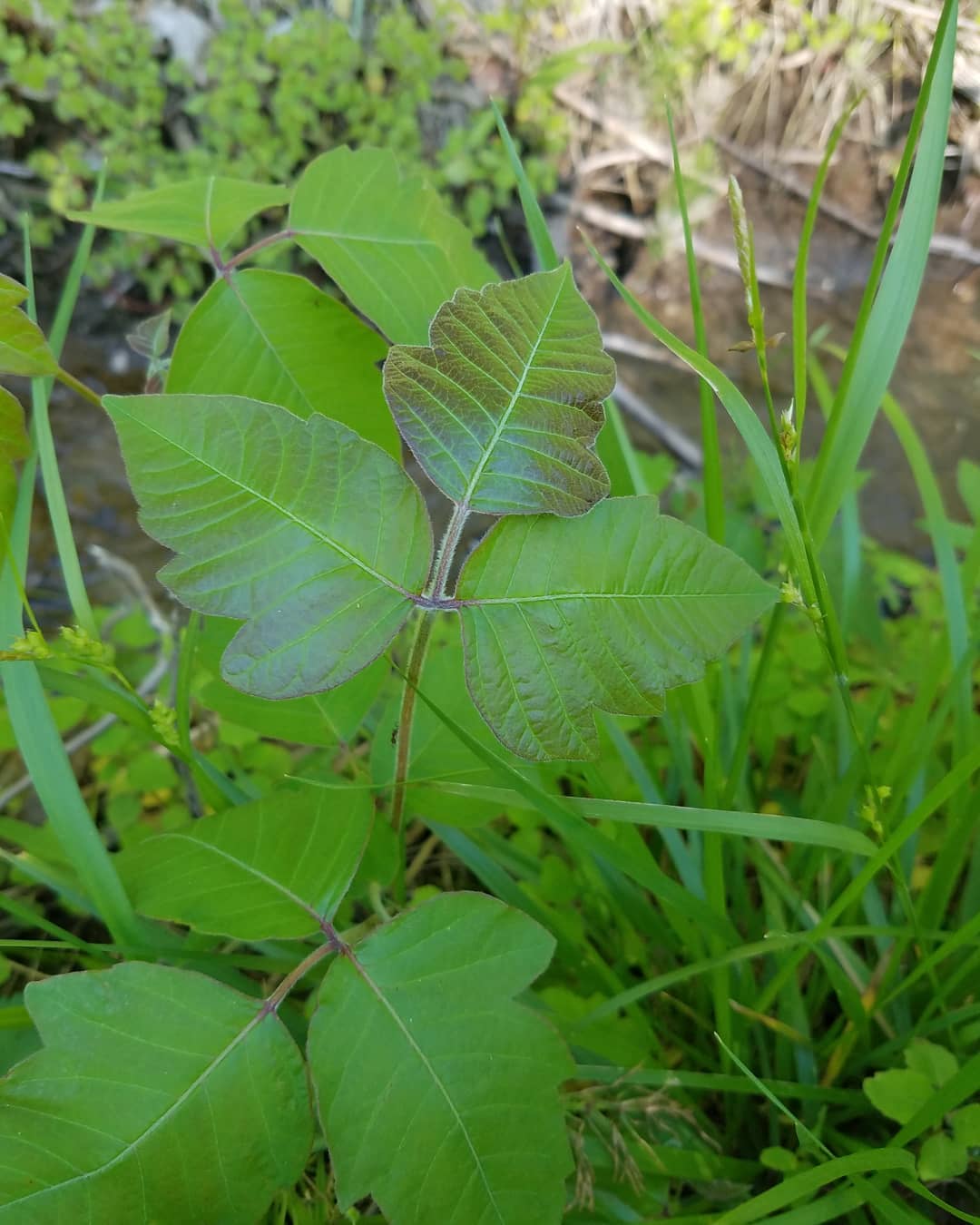-
Wayside Prairie
If you’ve recently passed by the northwest corner of Routes 97 & 123, directly across from Historic Wayside Park, you may have noticed some major changes. Over the past couple of years, invasive species, dead green ash, and other trees have been cleared as part of the first phase of an exciting project—the creation of a small shortgrass prairie.
-
Pollinator Waystation at Wayside Planted
Last year, Trails & Greenways received a donation from Menard Electric and Co-Bank to rehabilitate the exiting planting at the Wayside Park Council Circle with a new Pollinator Waystation. It was our intention of getting the planting installed in late April or early May. But, between the cool, wet spring and Covid-19, the planting was delayed by over a month! Finally, on Friday, June 12th, with temps in the high-80s, six of us planted, mulched and watered-in 100s of tiny plants representing 23 species. Adding to the existing plants, the circle now contains 43 native species that provide food and/or nectar for pollinators.




